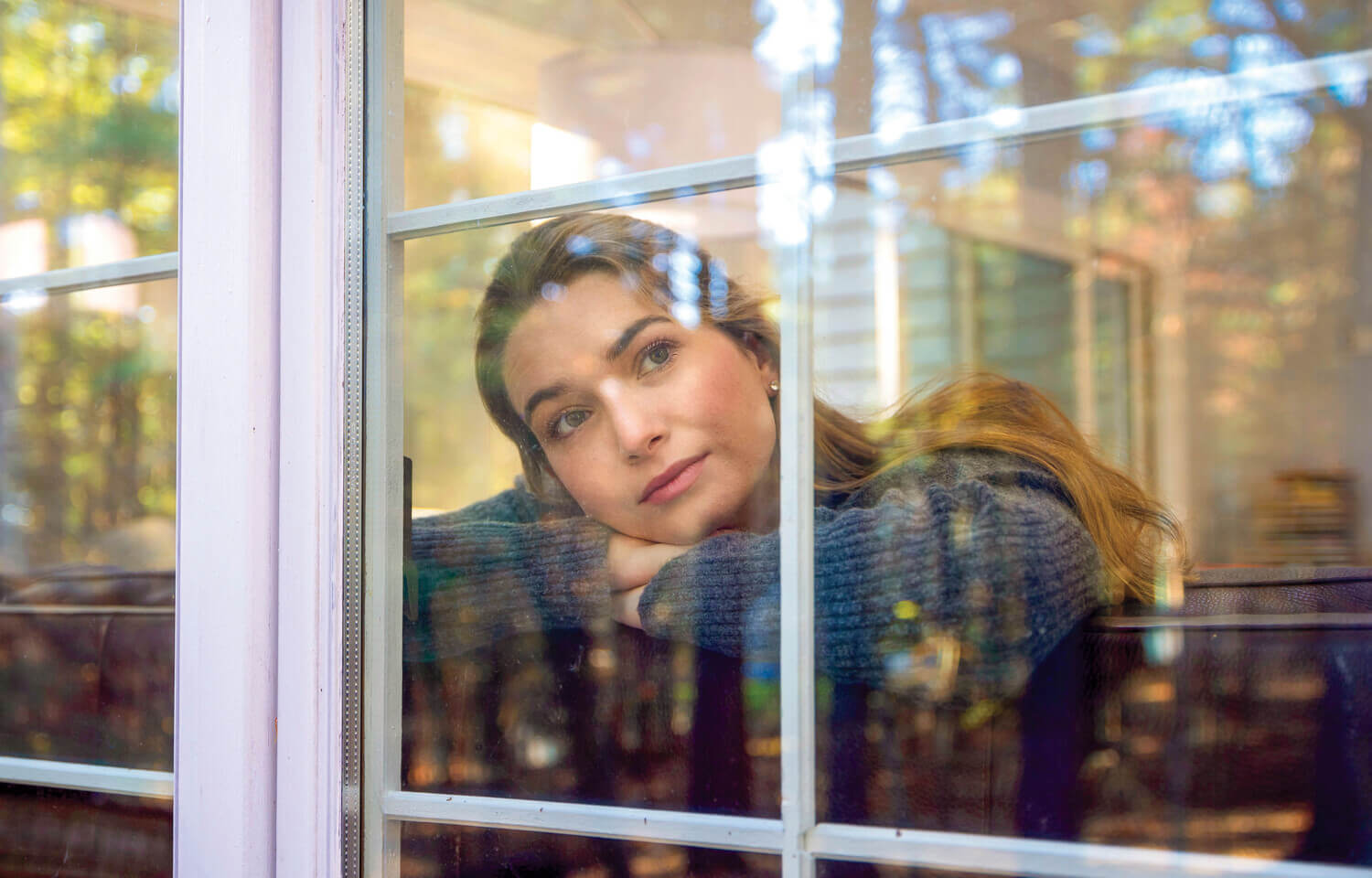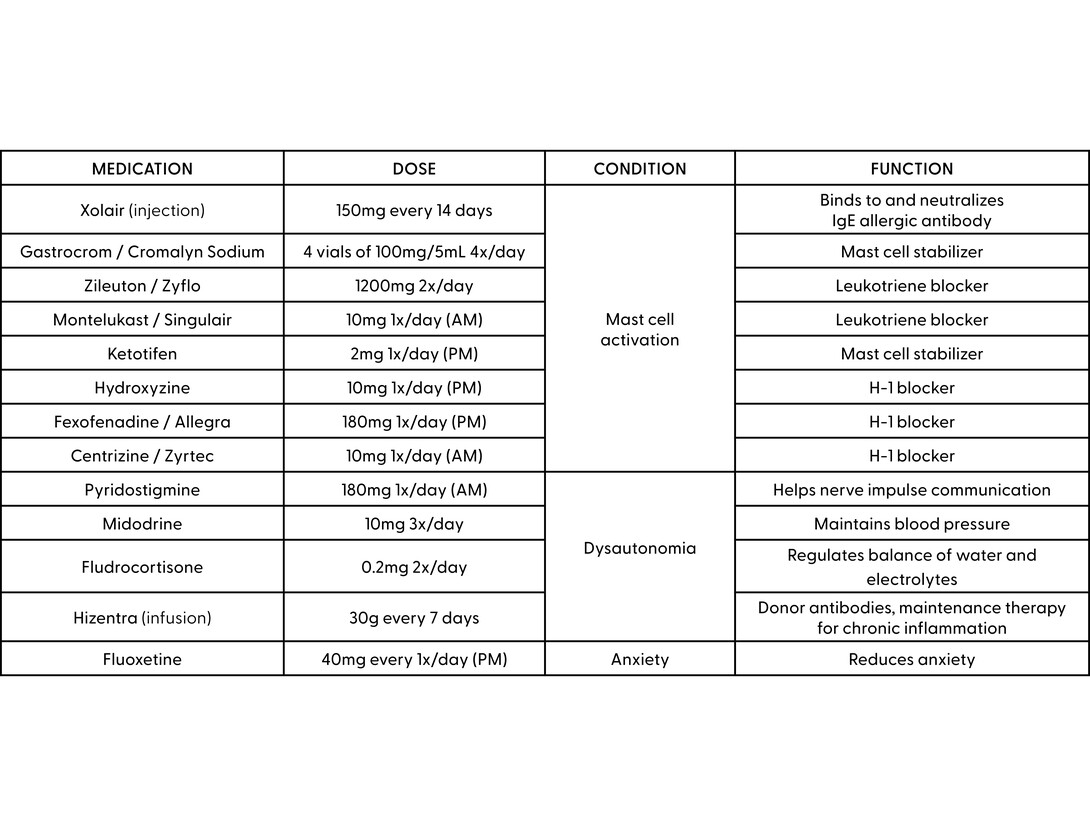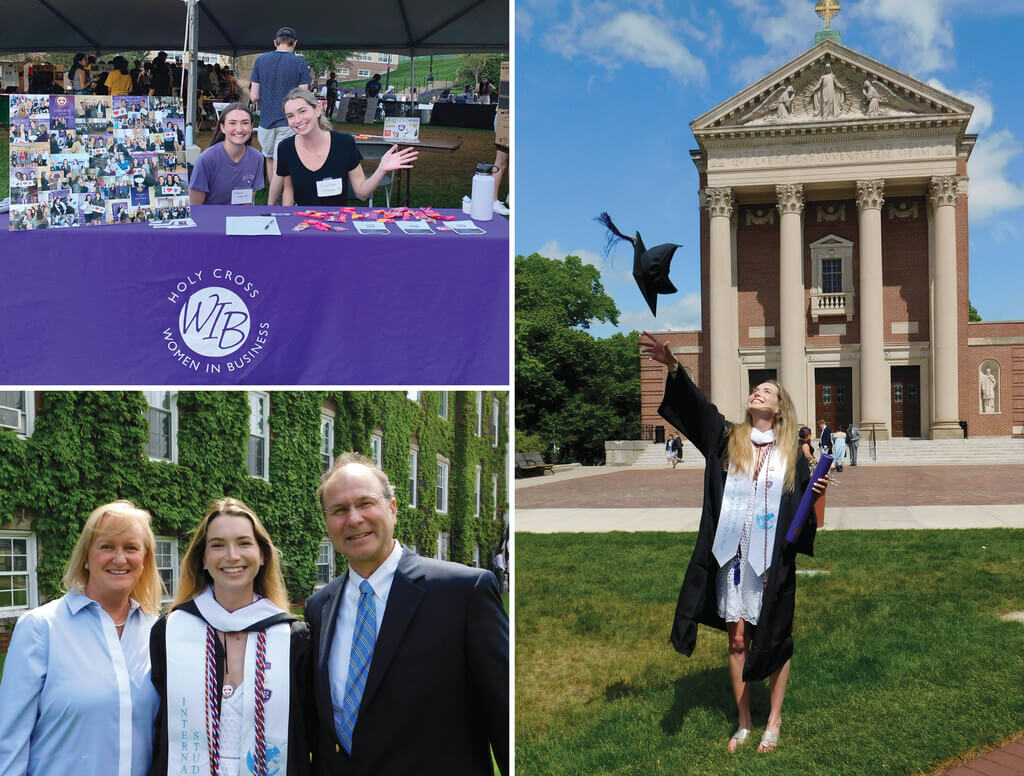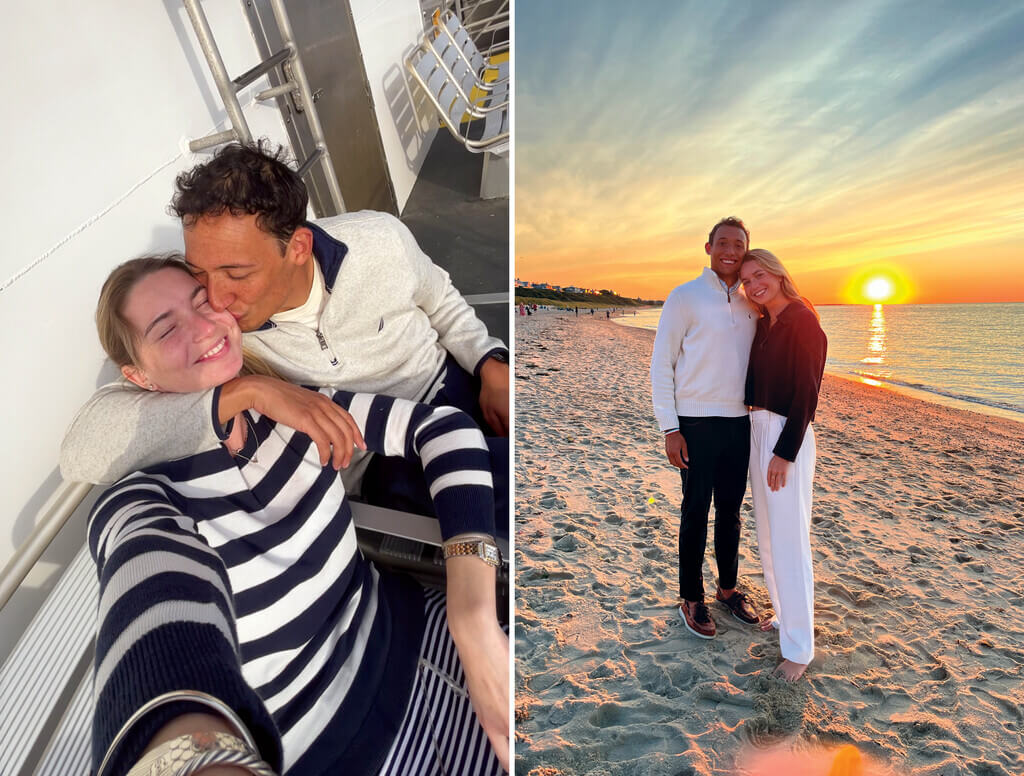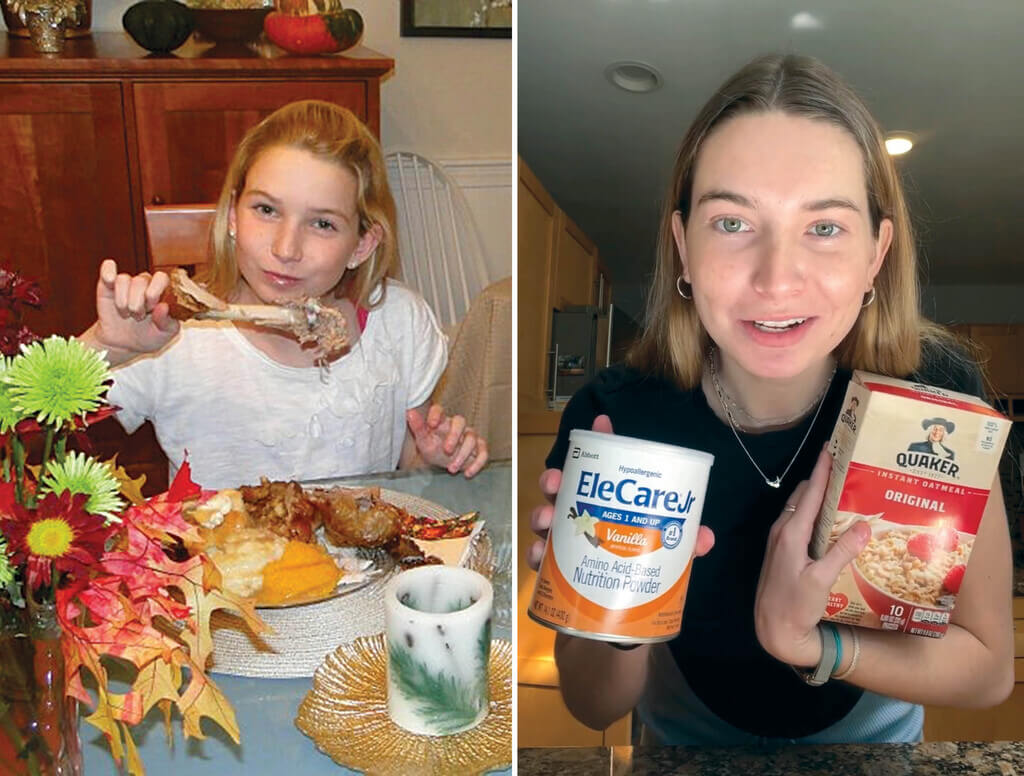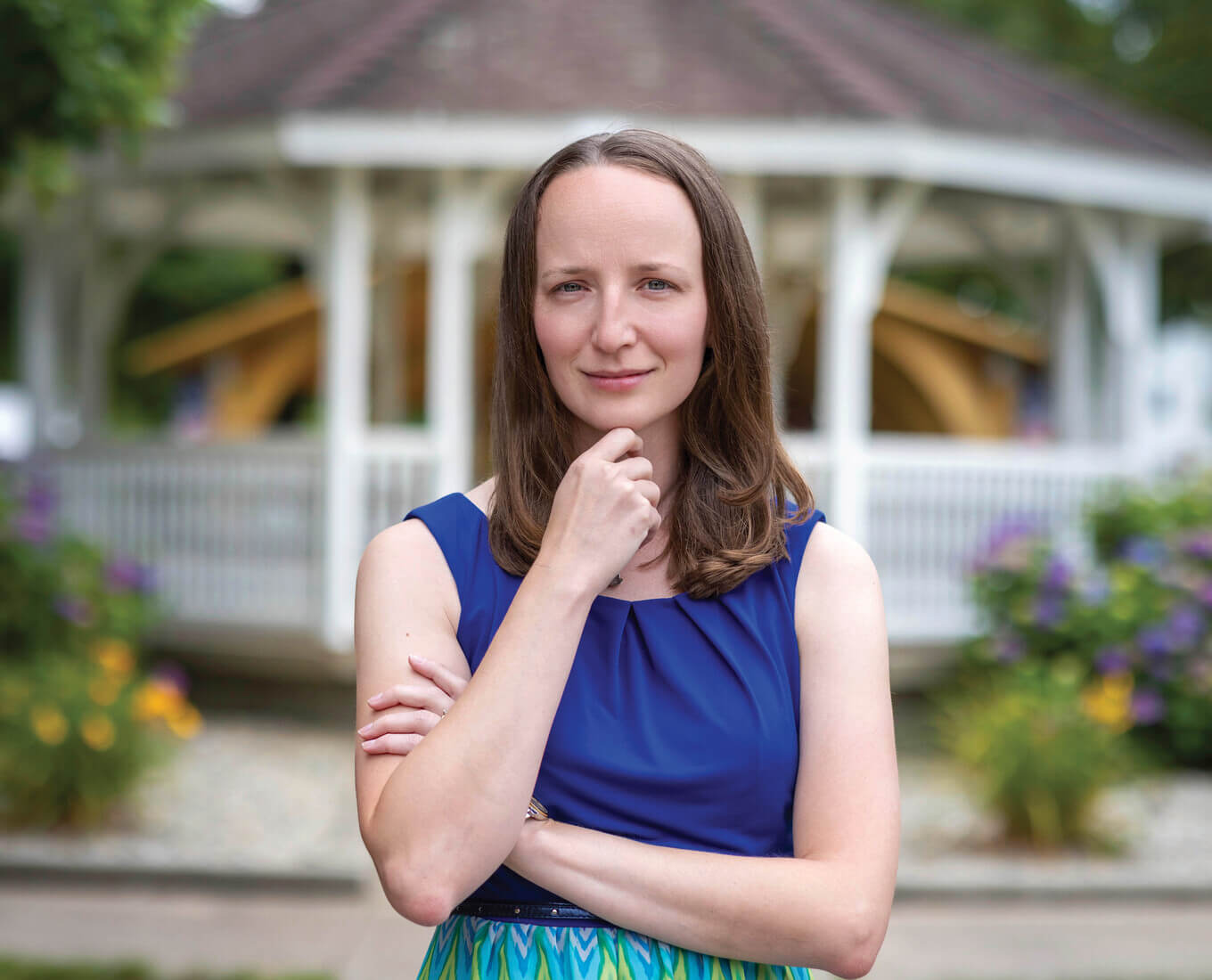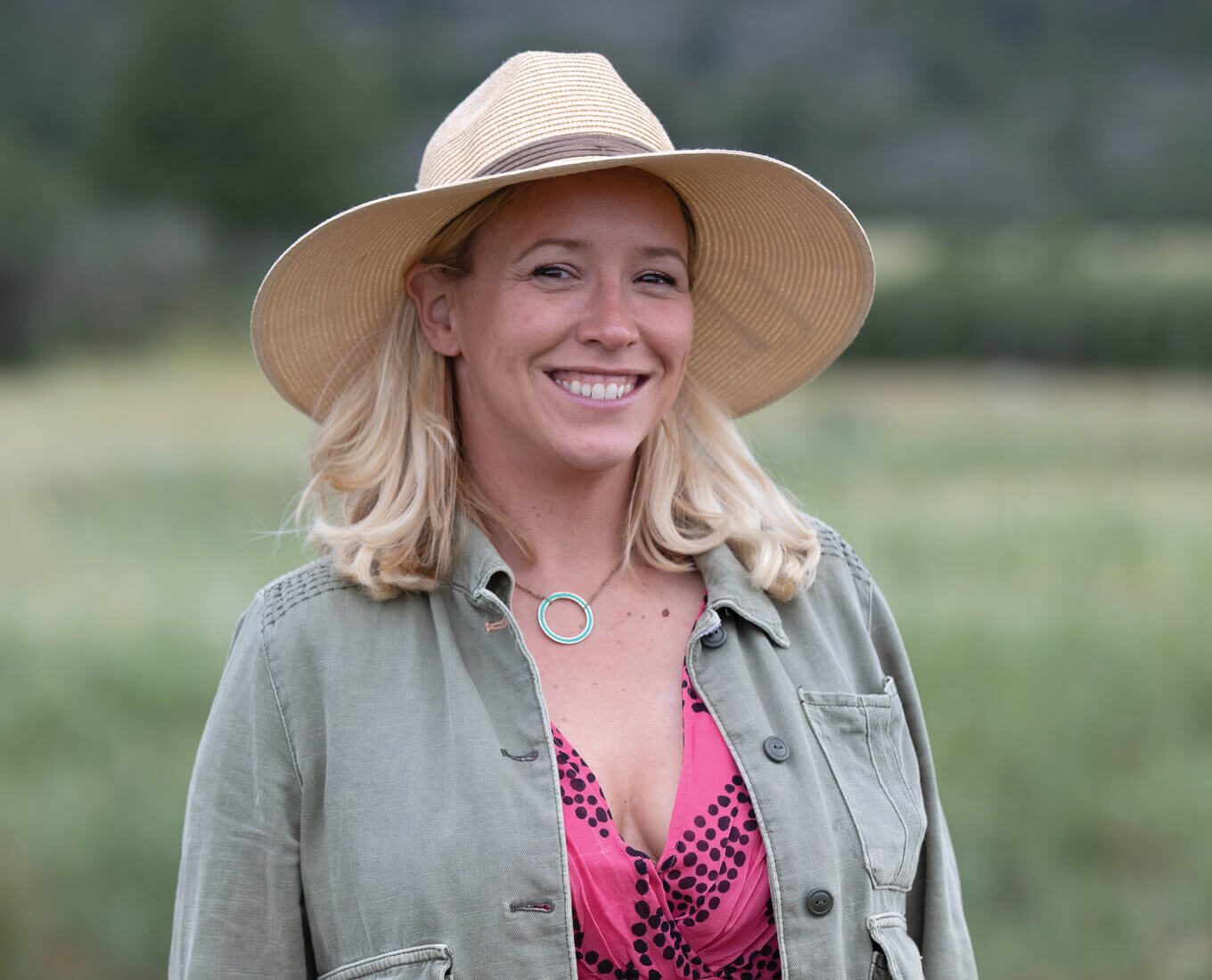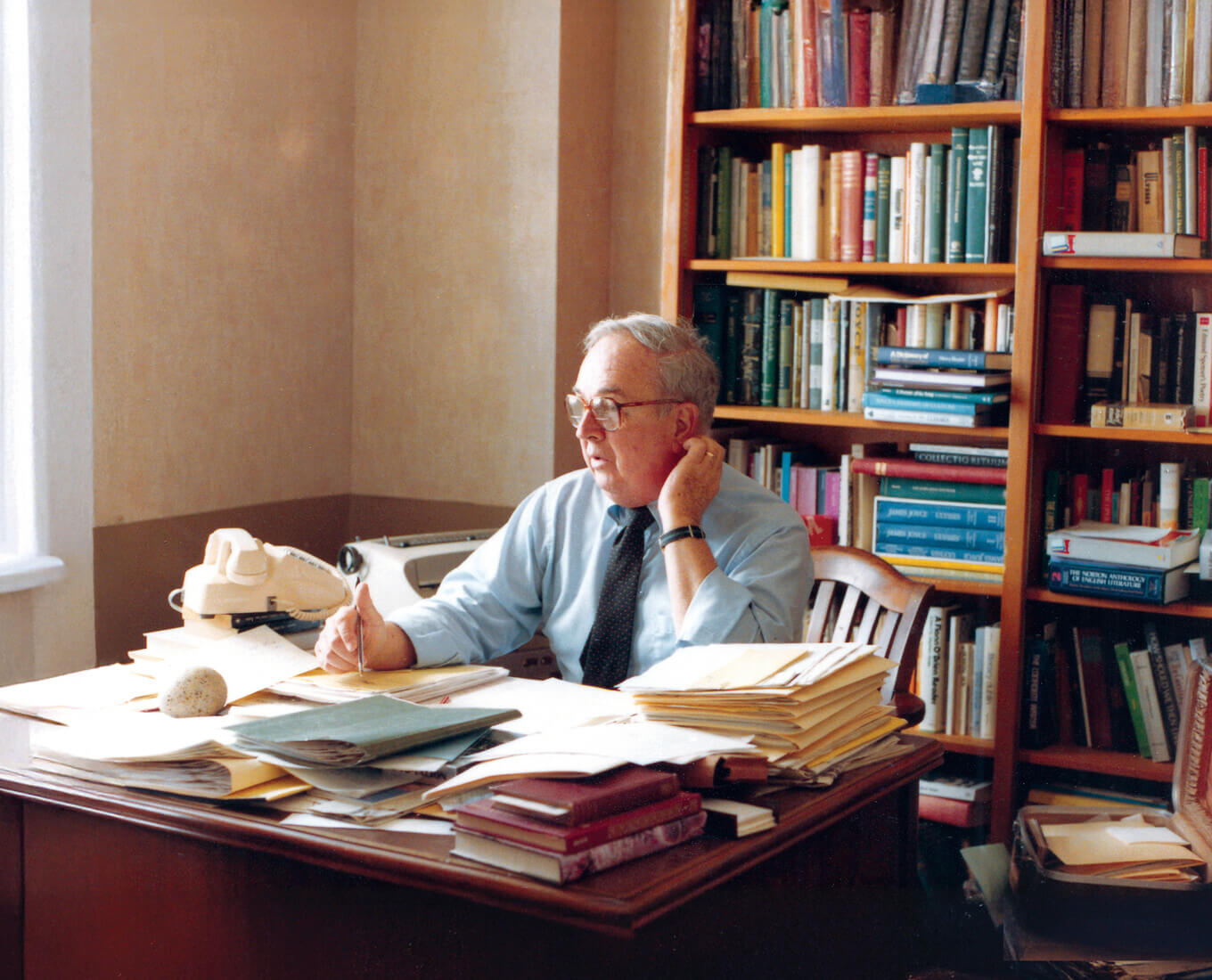SPRING 2019
A large window separated the room of Caroline Quinn ’22 from the central nurses’ station in the ICU of Boston Children’s Hospital. She was under constant surveillance for a series of mysterious, life-threatening allergic reactions.
“They always have eyes on you in the ICU — it felt like I was in a fishbowl, but in a good way because I knew someone would come running to my bedside if or when I had a reaction,” Quinn remembers.
It was June and Quinn had been hospitalized on and off for three months due to severe food allergies. Essentially, her body treats most foods as poison and reacts by going into anaphylactic shock, a massive allergic reaction that, in severe cases, can lead to respiratory failure and death.
“When my throat starts closing up and I struggle to breathe, it’s honestly the most terrifying feeling ever,” she says.
After her fifth anaphylactic reaction in nine months, Quinn was distraught. Two years earlier, during her first year at Holy Cross, she had been diagnosed with mast cell activation syndrome (MCAS), a condition that, in Quinn’s case, had made her deathly allergic to all food — except oatmeal:
“I was having allergic reactions to everything I was eating and going into some degree of anaphylaxis — tightening throat, extremely itchy mouth and throat, wheezing, feeling like I was suffocating, blood pressure dropping, oxygen saturation dropping, the list goes on.”
But oatmeal alone does not provide the nutrients a body needs to live. Quinn’s doctors had been “trialing” different foods. For people with severe food allergies, trialing is a process by which they are introduced to tiny amounts of food to see which cause reactions. Worst-case scenario is that the food causes the body to go into anaphylaxis; essentially, the body’s immune response goes into overdrive. Anaphylaxis can manifest as hives or rashes, dangerous slowing of the heartbeat, or trouble breathing. It is fatal for 500 to 1,000 people a year.
Quinn’s doctors told her she couldn’t leave the hospital unless she added other foods to her diet. One doctor suggested hypoallergenic baby formula, arguing that it could provide the nutrition she desperately needed.
“My dad thought it was a Hail Mary, but my mom was hopeful. I was extremely nervous. I was at my wits’ end with allergic reactions, but it was worth a shot,” Quinn says. “I was in the safest environment possible to trial this formula, and if it went well, I could go home.”
And get her life back. A star student and a Division I rower, Quinn was a gregarious extrovert whose college career had largely derailed. In 2017, during the first few months of her fall semester at Holy Cross, she’d had three serious allergic reactions. She had to stop rowing. She hadn’t had time to form many new friendships. She struggled to keep up with classes — often from her hospital bed.
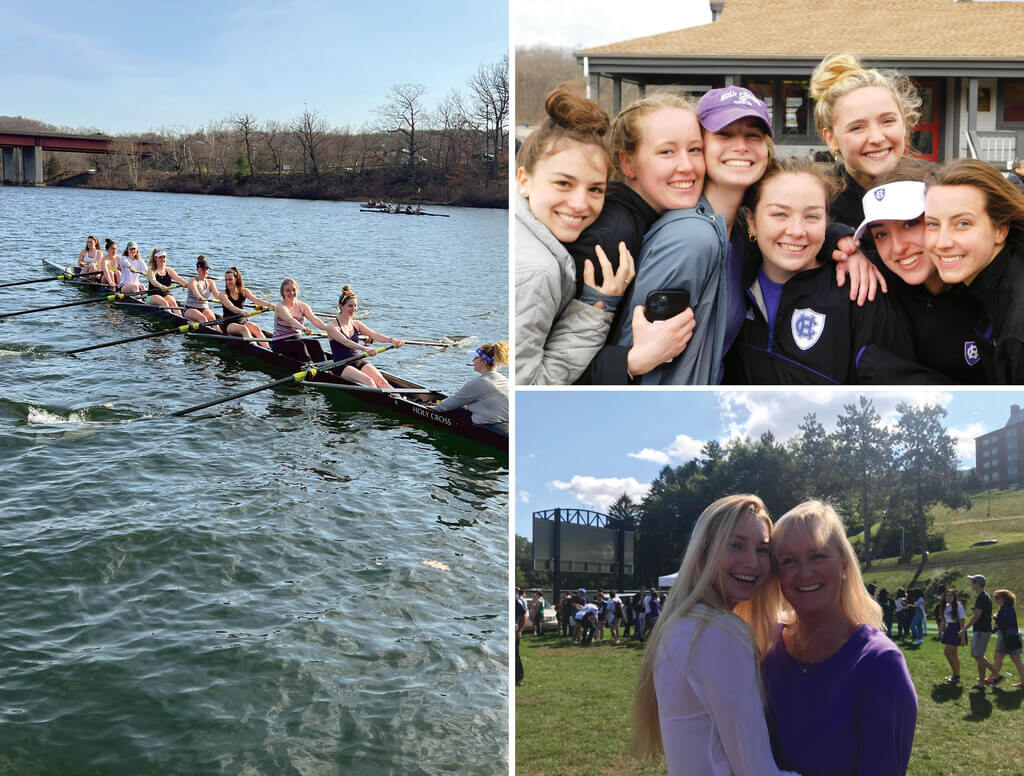
Quinn felt cut off from the world and held hostage by fear: “All I had the capacity for was trying to breathe.”
On the day of the food trial, Quinn’s mother, Julie (Thompson) Quinn ’86, was exhausted; she had been keeping a 24-hour watch on her daughter for days. “I knew my mom was terrified for me, but she didn’t show it. She was and always has been a supermom,” Quinn says. “She kept her mind sharp, so she could advocate for me when I was symptomatic or asleep.”
“My husband and I were thoroughly exhausted and depressed as a result of the downward spiral of Caroline’s health and the worsening reactions. Caroline was losing weight rapidly, and we were losing faith just as quickly,” Julie Quinn says. “I remember the room was cold; I was always cold in there. Maybe we were just shivering out of fear, but it was a chilly and tense environment.”
Quinn’s weight was dangerously low, just 105 pounds, unhealthy for a woman of 5'8''. Doctors had begun discussing a feeding tube. “I knew that a feeding tube wouldn’t be the end of the world, but it would have a huge impact on my day-to-day life,” Quinn says. “Risk of infection would skyrocket; I’d be reliant on so many medical supplies. It would require a lot of time and energy to manage.”
Quinn’s two lead doctors entered with the baby formula, followed by at least a dozen doctors, fellows, residents, interns and nurses, Julie Quinn says: “They were at full attention. My husband and I were terrified that this would go badly, but we had to be brave for Caroline. Her nerves alone would send her into a rush of hives, so we tried to stay calm.”
This particular baby formula, Elecare, is made up of amino acids, as opposed to proteins, so the theory was that there would be nothing for Quinn’s body to break down and react to. Elecare is a powder that must be mixed with water. A nurse scooped a small amount of the powder into a plastic cup, added water and stirred.
“I felt like I was having a heart attack,” Julie Quinn recalls. “Honestly, it was terrifying. I felt like I was holding my breath forever. I was on the verge of tears. The stress and tension in the room was off the charts.”
“I was told to take a very small sip. I took a deep breath, and reminded myself that these nurses and doctors weren’t going to let me die,” Quinn recalls. “The formula tasted like milk mixed with pool water, but I didn’t care. I was preoccupied with my body, mentally scanning every part of myself: Was my mouth itchy? Was my throat tight? Was my oxygen saturation dropping?”
No.
“Everyone in my hospital room — my parents, the nurses, the doctors and the social worker — were holding their breath,” she remembers. “The nurses and doctors kept a close eye on my vitals, and I sensed relief in their expressions.”
“Nothing happened,” Julie Quinn says. “Nothing bad happened. Still, we were all afraid to feel relief. Everyone in the room just watched silently. It felt like the longest few minutes, but slowly, I started asking the doctors if it seemed OK.
“Finally, we exhaled. Then spoke. Then smiled a tiny bit. Then we slowly realized that it was OK,” she continues. “Then, it was an amazing rush of happy tears, relief and hope! After what she’d been going through for so, so long, they may have actually found a solution for Caroline. Honest to God, it felt like a miracle.”
After 20 minutes, the doctors began planning. The goal was half a can of powder per day, which would deliver 1,000 calories, 30 grams of protein, 45 grams of fat, and all of the vitamins and minerals Quinn needed to survive.
And there was a vanilla version — “music to my ears,” Quinn says. She went home with an Elecare prescription, a dozen cans of formula and hope.
“Flash forward 6 years and the formula is still my lifeline,” Quinn adds. She is grateful, but not content. She wants the life of an average 26-year-old woman: a fulfilling career, a full social life, a boyfriend — and a cure.
She’s getting there.
